ATTENTION!
Before beginning this manual, please inspect your model carefully. If any of the standard parts shown appear to be missing or inoperative, consult your cats service provider immediately.
Whether you have just acquired a new cat or are contemplating getting one, congratulations. This products value as a companion and source of entertainment is legendary throughout the world. Favored by everyone from ancient Egyptian pharaohs to present-day big-city apartment dwellers, the cat is one of historys most popular, most recognized brands. With proper care and maintenance, it can become a favorite with you, too.
The cat is surprisingly similar to other high-tech devices you may already own. Like personal digital assistants, it is compact and portable. Like a home security system, it is capable of functioning autonomously for extended periods without direct human intervention. But unlike virtually any other product on the market, it is, for the most part, self-cleaning.
While most such highly developed consumer devices come with instruction manuals, cats do not. This is a major oversight, given that their operating system is bafflingly complex and their mechanical functions are more finely tuned than those of the most expensive automobiles. It takes expert guidance not just to understand but to properly utilize the felines breathtakingly sophisticated software and hardware.
Hence this book. The Cat Owners Manual is a comprehensive users guide that explains how to derive maximum enjoyment from your feline. It is not necessary to read it from cover to cover. For ease of use, this book has been divided into 11 sections. If you have a question or problem, turn to any of the following chapters:
offers a primer of the dozens of cat models, a quick look at important hardware and software variations, and guidance on selecting the right variety for your lifestyle.
explains how to safely introduce a cat into your home and to its new human and/or animal companions.
covers routine maintenance issues and the nuances of cat behavior, body language, and play preferences.
offers an overview of factory-installed software (instinctive behaviors) and owner-installed software add-ons (training).
outlines your felines nutritional requirements, including when to feed, what to feed, and how much to feed.
explains how to handle bodywork and detailing issues, including grooming, bathing, and nail clipping.
covers kitten growth milestones, neutering/spaying, and how to calculate your cats physiological age.
explains how to monitor a cats mechanical systems for signs of trouble and how to select an authorized service provider for technical support.
lists major medical conditions that may afflict felines and outlines possible treatment alternatives.
surveys additional programming options for cats and offers a brief look at hardware modifications and reproduction.
The addresses frequently asked questions about common hardware and software glitches. It also includes information on additional technical support and a glossary of important terms.
When managed properly, a cat can furnish endless hours of entertainment and companionship. Remember, however, that learning to live with such a complex system requires energy, commitment, and patience. As you cope with software bugs, training setbacks, and unauthorized hair ball discharges, remember that the final resulta loving felinewill be worth the effort.
Congratulations and welcome to the world of cat ownership!
The Cat:
Diagram and Parts List
All cats have the same complement of pre-installed parts and capabilities. If yours is missing one or more of the parts or systems herein described, contact an authorized service provider immediately.
The Head
Eyes: Each model contains two. Feline irises form a distinctive vertical slit, rather than the circle common in most mammals. The visual system is protected by a third eyelid that deploys from the interior corner of each eye socket.
Ears: Each model contains two. A cats outer ear can rotate 180 degrees, allowing it to scan its environment for particular sounds and pinpoint them with great precision.
Nose: The cats sense of smell is superior to that of humans, but markedly inferior to that of dogs. A newborn kittens nose is already so finely tuned that it can differentiate one of its mothers nipples from the others via smell.
Tongue: The hundreds of tiny barbs covering its surface are used for several tasksincluding scraping meat from the bones of prey; washing and grooming the coat; drying wet fur; and acting as a temperature control system (by relieving overheating through panting and the evaporation of saliva). Cats drink by forming a depression in the front of their tongues and using it to convey liquid to their mouths.
Teeth: Felines do not chew their food; they chop it. Adult domestic cats come equipped with 30 teeth, all of which are designed for shredding meat. They use their large fangs, or canines, to break the necks of their prey. In the case of domestic felines, these teeth are optimally spaced for dispatching mice.
Whiskers: Positioned in sets of 12 on each side of the muzzle, these thick, deeply set hairs are highly developed sensory organs. Among other things, they can gauge changes in wind direction and detect nearby movement in extreme low-light environments. They also help the cat determine if it can squeeze through a tight space (the whiskers are usually the same span as the felines body at its widest point, unless the cat is obese or extremely pregnant). During hunting, the cat can push the whiskers forward, to provide information about the prey it is grappling with.
 CAUTION: It is unwise to cut a cats whiskers. Doing so will prevent the cat from doing the things described above (as well as several other subroutines that are necessary for the day-to-day comfort and survival of the feline). Furthermore, the whiskers are extremely sensitive; cutting them is certain to make the cat experience pain.
CAUTION: It is unwise to cut a cats whiskers. Doing so will prevent the cat from doing the things described above (as well as several other subroutines that are necessary for the day-to-day comfort and survival of the feline). Furthermore, the whiskers are extremely sensitive; cutting them is certain to make the cat experience pain.


![Trade Trade - Porsche 356 owners workshop manual: [1957-1965]](/uploads/posts/book/237774/thumbs/trade-trade-porsche-356-owners-workshop-manual.jpg)

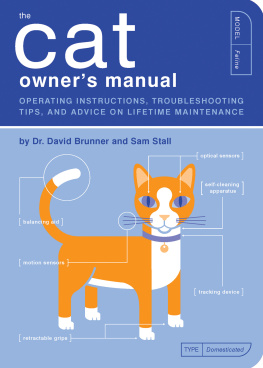


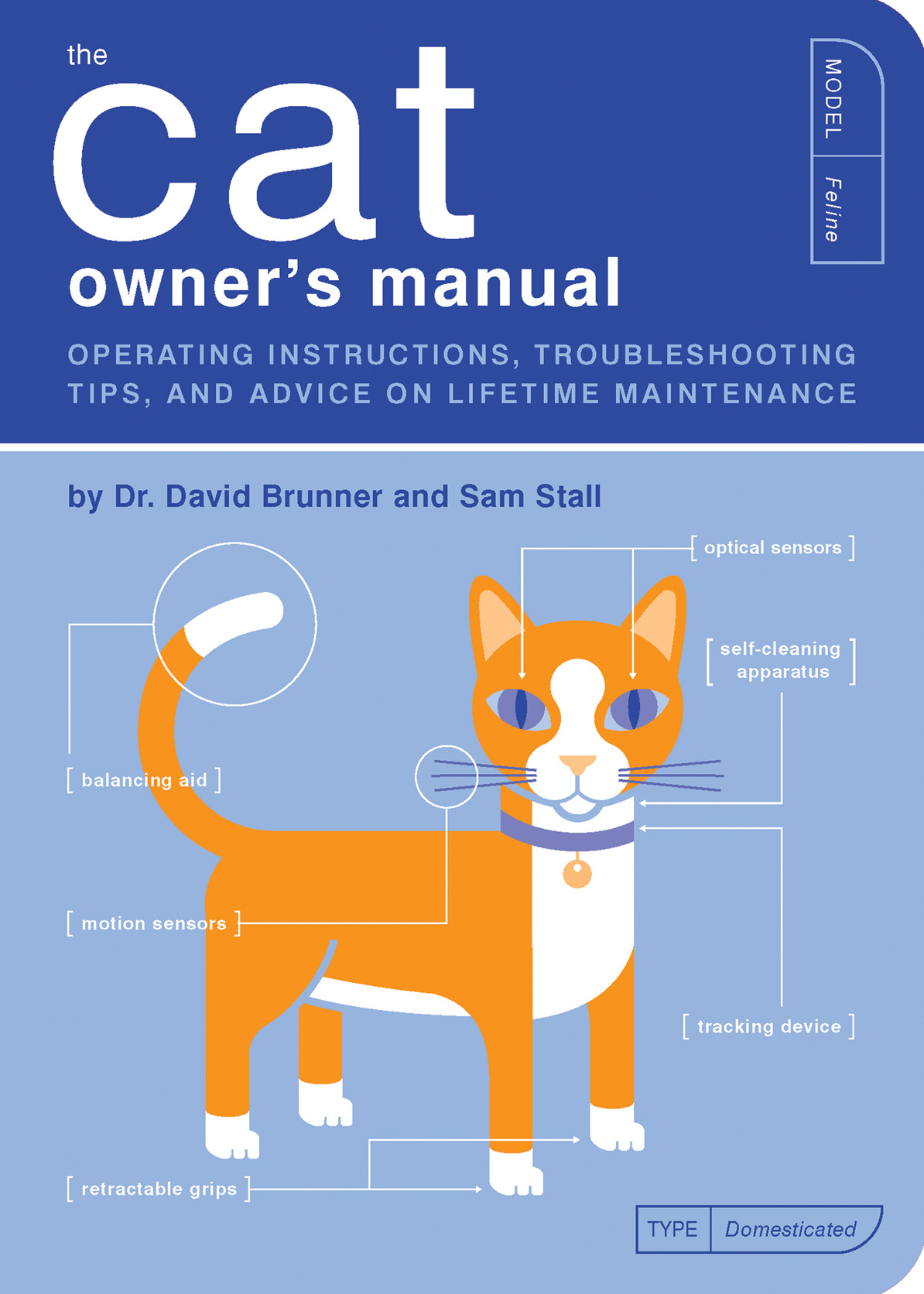
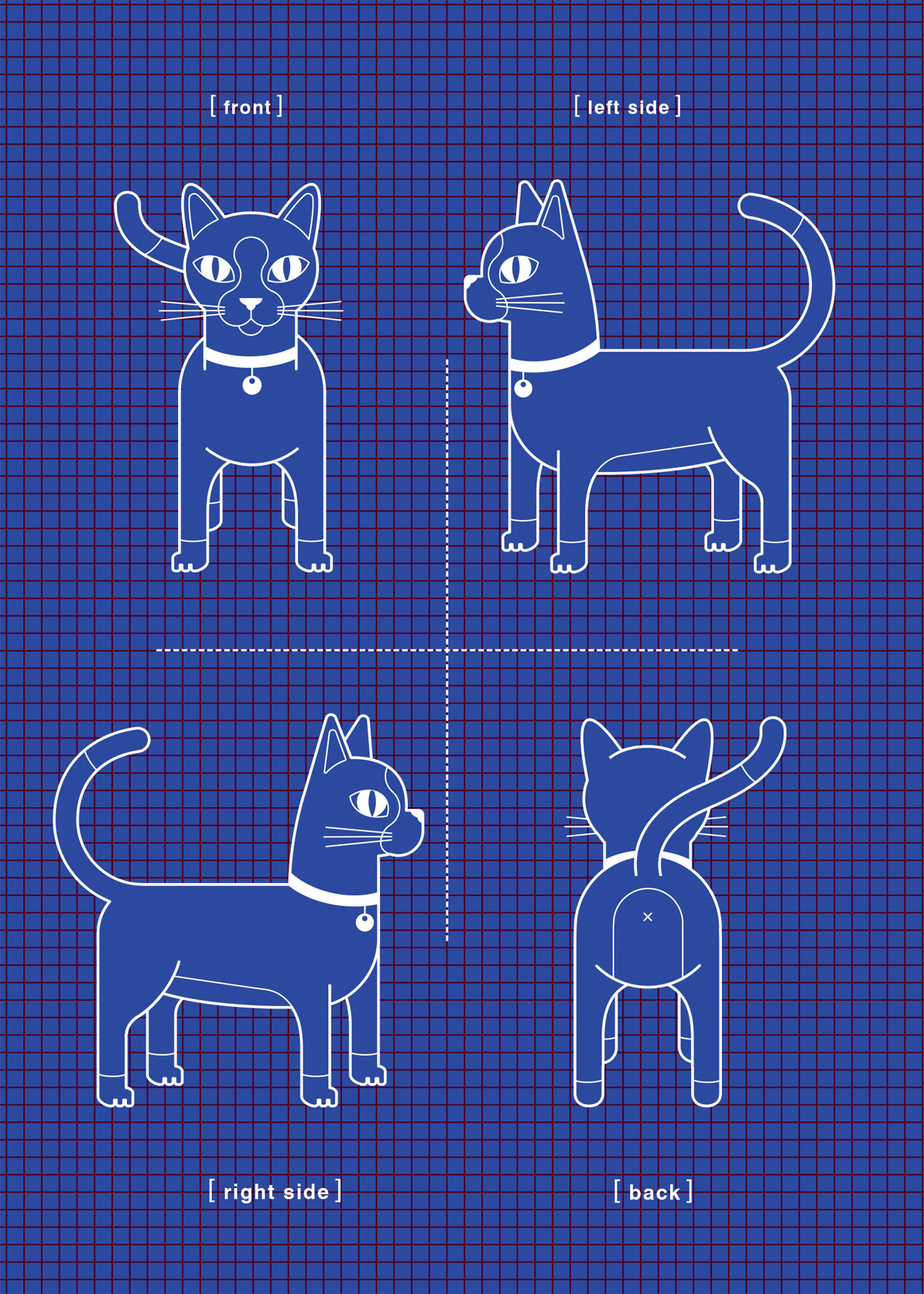
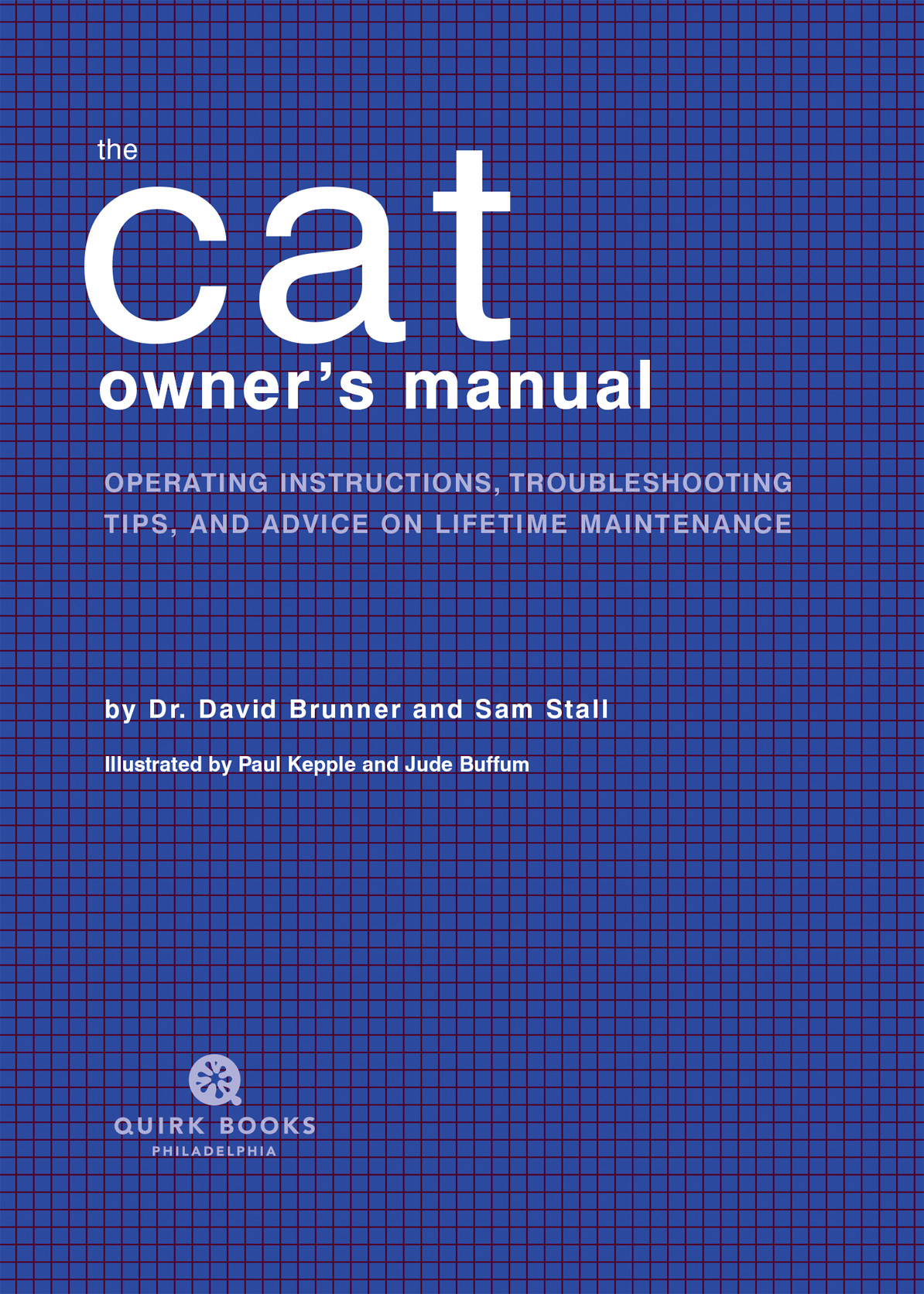
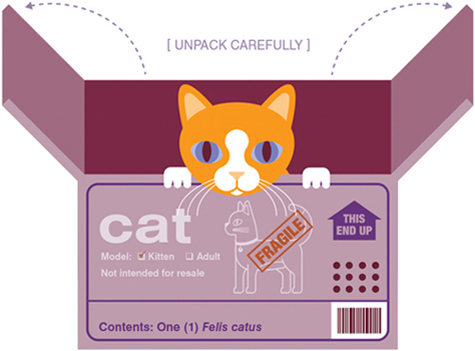
 CAUTION: It is unwise to cut a cats whiskers. Doing so will prevent the cat from doing the things described above (as well as several other subroutines that are necessary for the day-to-day comfort and survival of the feline). Furthermore, the whiskers are extremely sensitive; cutting them is certain to make the cat experience pain.
CAUTION: It is unwise to cut a cats whiskers. Doing so will prevent the cat from doing the things described above (as well as several other subroutines that are necessary for the day-to-day comfort and survival of the feline). Furthermore, the whiskers are extremely sensitive; cutting them is certain to make the cat experience pain.